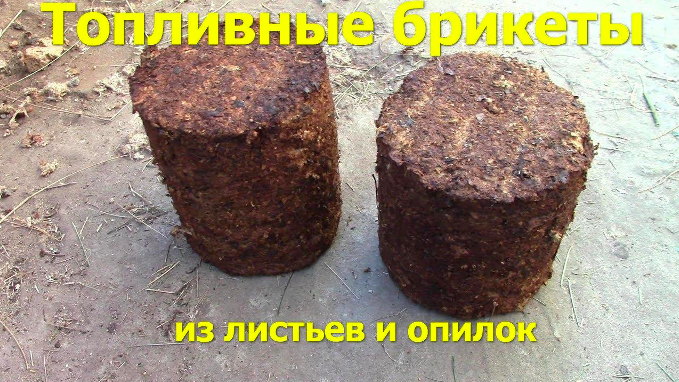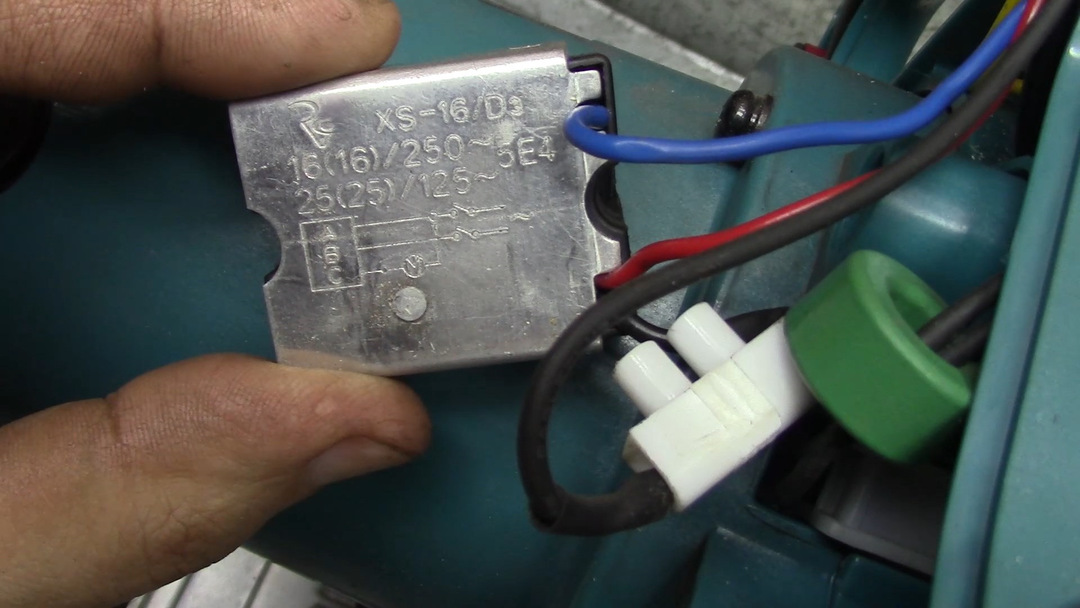Fuel briquettes is an efficient and environmentally friendly fuel that can be made from various types of biomass, including leaves and grass. The process of producing fuel briquettes from leaves not only helps to recycle waste, but also provides an alternative source of energy.

The content of the article
- Benefits of using leaves and grass as raw materials
- Main stages of briquette production
- Equipment for creating briquettes: selection and application
- Equipment selection criteria
- Making briquettes: step-by-step instructions
- How to make a fuel briquette from leaves yourself
- Final process: drying and storing briquettes
- Conclusion: economic benefit and environmental friendliness
Benefits of using leaves and grass as raw materials
The use of leaves and grass as raw materials for the production of fuel briquettes has significant economic advantages. These are materials that are often available free of charge and in large quantities. They are especially common in rural areas and areas adjacent to forests. This reduces initial raw material costs, making briquette production more cost-effective.
Processing tree leaves and grass into fuel briquettes helps reduce the volume of organic waste. Instead of burning the leaves, which releases carbon dioxide and other harmful substances, they can be converted into a useful source of energy. This approach reduces the impact on the environment. It will also reduce greenhouse gas emissions.
Fuel briquettes made from leaves and grass have a decent calorific value, which can be comparable to wood waste and other types of biomass. When properly processed and dried, leaf briquettes can provide stable and long-lasting combustion, making them an excellent choice for heating systems.
Leaves and grass are renewable resources that are renewed each year through the natural cycle of plant life. Using these resources to produce leaf briquettes contributes to a sustainable energy consumption pattern, which is a key aspect in modern environmental policy.
The production of fuel briquettes from leaves does not require complex technological equipment or specialized knowledge, which makes their production accessible to a wide range of people. This provides an opportunity for small and medium-sized businesses to implement processes for recycling and processing biological waste into a valuable energy product.
Fuel briquettes made from grass and leaves can be used not only in household stoves and boilers, but also as raw materials for the production of electricity in bioenergy plants. This expands their scope of application and increases the potential for scaling up production.
Main stages of briquette production
The process of making fuel briquettes from leaves with your own hands begins with the preparation of raw materials. Processing technology must be followed to ensure the quality of the final product. Initially, it is necessary to prepare the leaves by cleaning them from foreign impurities and drying them. This is followed by the process of grinding the leaves and grass until they are ready for pressing.
Equipment for creating briquettes: selection and application
The process of making leaf briquettes requires properly selected equipment, which plays an important role in the quality and efficiency of production. There is a wide range of devices on the market, ranging from simple mechanical ones to complex automated systems.

Equipment selection criteria
When choosing equipment for the production of fuel briquettes from leaves, the following aspects must be taken into account:
- small-sized presses are suitable for home use, while more powerful units will be required for commercial needs;
- estimate how many briquettes you need to produce in a certain period of time and select equipment that can provide this volume;
- energy savings are a key factor for reducing operating costs;
- equipment must be reliable and easy to maintain to minimize downtime and costs.
Types of presses for briquette production:
- Hand presses are the simplest devices that do not require electricity. Ideal for small production volumes.
- Mechanical presses require physical strength or the use of machinery to create briquettes. Suitable for larger home projects or small businesses.
- Hydraulic presses provide greater compression force, which allows for denser briquettes. Suitable for semi-professional and professional use.
- Screw presses. A rotating auger is used to compress the biomass into briquettes. Often used in commercial production due to high productivity.
After selecting a suitable press, the production process begins. The leaf press is loaded with prepared raw materials, after which compression is performed. The quality of raw materials directly affects the compression efficiency and strength of briquettes. It is important to ensure uniform compression and the absence of excess moisture, which can reduce the calorific value of the finished product.
Making briquettes: step-by-step instructions
Before starting the process, it is important to familiarize yourself with the manufacturing technology:
- Preparation of raw materials: cleaning, drying and grinding leaves and grass.
- Pressing: turning crushed raw materials into dense briquettes using a press.
- Drying briquettes: to increase the calorific value and reduce humidity.
- Storage: ensuring conditions that prevent moisture from entering the briquettes.
How to make a fuel briquette from leaves yourself
You can make fuel briquettes from leaves yourself, using available materials to create a press. For example, you can use an old hydraulic jack mounted in a suitable frame. The main thing is to provide sufficient pressure to form the briquette.
Final process: drying and storing briquettes
After pressing, leaf briquettes require drying. This can be done naturally in air or using special drying cabinets. Briquettes should be stored in a dry place to prevent their destruction and loss of calorific qualities.
Conclusion: economic benefit and environmental friendliness
The production of fuel briquettes from grass and leaves not only allows for the disposal of organic waste, but also creates a cost-effective heating product. It is possible to buy fuel briquettes from leaves for those who do not want to engage in independent production, but the preference is increasingly being given to the home method, which helps reduce waste and maintain environmental balance.


